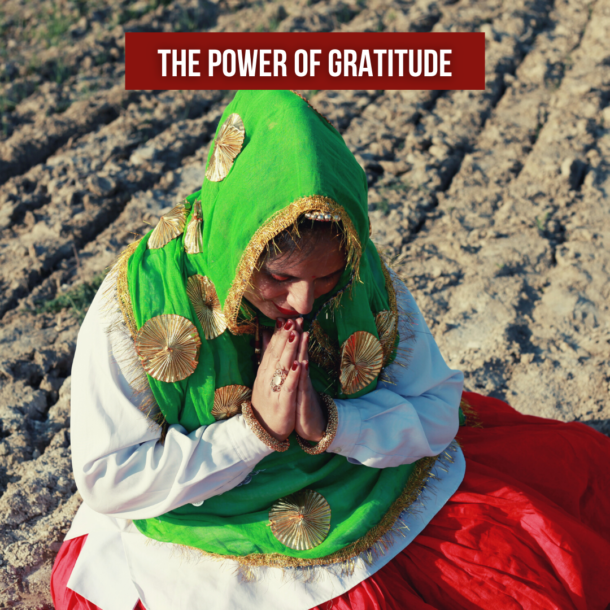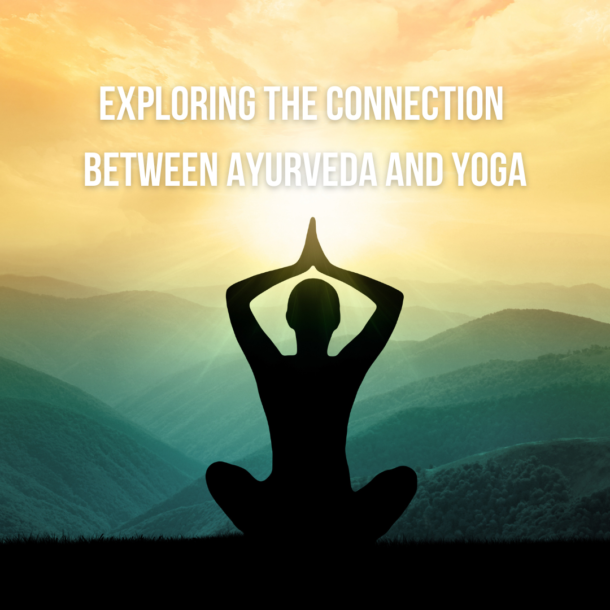
Enjoy the Benefits of Pranayama Breathing
On average, each of us breathes 20,000 breaths a day.
Breathing is something we take for granted.
It’s so natural we don’t even think about it.
As babies, we even “breathe” when we’re inside our mother’s womb, but it’s a very different kind of breathing. Because there’s no air inside the womb, a baby receives oxygen and carbon dioxide through the blood in the mother’s placenta. We don’t inhale air until the moment we’re delivered into the world but, from the instant of our creation, we need oxygen to survive and grow. That’s why breath is the source of our life force (‘prana’) and is vital to everything we are.
Pranayama is the practice of controlling our breath by improving awareness of how we breathe. It soothes the mind, slows down our thoughts, and makes us feel calmer. After only a few minutes of regular pranayama practice, you’ll feel cleansed and rejuvenated and better able to deal with the stresses and strains of our busy world. Pranayama stimulates well-being, and it is especially helpful during times of panic, depression, and anxiety. It is also an essential part of yoga practice, but you don’t have to practise yoga to enjoy the benefits of pranayama.
Here are five pranayama techniques that are easy to master.
All you need is a handful of minutes and a quiet space that’s free from all distractions. Sit comfortably on a chair or mat with your spine straight, your head upright, and your body relaxed.
1. Noticing your natural breath
All our thoughts and feelings are affected by our breathing, and the way we breathe reflects what is happening inside us physically, mentally and emotionally. If any of those three elements require healing, our breathing will tell us. With that awareness, we’ll be able to change our breathing pattern to begin the process of healing.
· Inhale and notice any thoughts that arise.
· Exhale and let the thoughts disappear. Don’t attach yourself to your thoughts, simply be aware of them and let them go.
· Inhale and notice any new thoughts arising, or any previous thoughts that are still stubbornly hanging around.
· Exhale and let them go.
· Continue inhaling and exhaling, noticing and releasing your thoughts without judgement. In the beginning, more thoughts might crowd in to take up the space of the thoughts you’ve let go. Don’t focus on them; just notice them as you breathe in, and watch them dissipate as you breathe out.
· When your mind feels calmer and clearer, go back to your day.
2. The Channel-cleaning breath
- Close your right nostril with your thumb.
- Inhale through your left nostril.
- Close your left nostril with your finger.
- Open your right nostril and slowly exhale.
- Inhale through your right nostril (still keeping your left nostril closed) and then close with your thumb.
- Open your left nostril and slowly exhale.
- This is one complete cycle.
- Repeat the cycle 3-5 times, focusing only on your inhales and exhales.
- Return to your natural breathing.
- Inhale and notice any thoughts that arise.
- Exhale and let the thoughts disappear. Don’t attach yourself to your thoughts, simply be aware of them and let them go.
- Inhale and notice any new thoughts arising, or any previous thoughts that are still stubbornly hanging around.
- Exhale and let them go.
- Continue inhaling and exhaling, noticing and releasing your thoughts without judgement. In the beginning, more thoughts might crowd in to take up the space of the thoughts you’ve let go. Don’t focus on them; just notice them as you breathe in, and watch them dissipate as you breathe out.
- When your mind feels calmer and clearer, go back to your day.
3. Embracing Silence
In this pranayama (known as the ‘Sahita Pranayama’) we’re going to become aware of the resting state (‘kumbhaka’) that naturally exists between the inhale and the exhale. Recognising this place of stillness gives clarity and strength to our body and mind.
Please don’t attempt to hold your breath to the point of discomfort during this practice. Just focus naturally on inhaling, pausing, exhaling, and keep your body relaxed.
- Inhale naturally and pause.
- Hold the breath comfortably, just long enough to feel its stillness.
- Exhale naturally and pause, just long enough to feel its stillness.
- Repeat for between 3-5 minutes.
4. The Bee Breath
The Bee Breath Pranayama (‘Bhramari’) soothes the nervoussystem by sending a gentle wave of sound throughout your body. For that reason, don’t be shy; make the sound as audibly as possible to receive the most benefit.
- Keep your lips sealed and inhale completely through both nostrils.
- Exhale, making a humming sound as you release the breath. Keep making the sound until you need to exhale, but not to the point of feeling uncomfortable. However, the longer you can naturally sustain the sound, the more relaxing this practice will ‘bee’ (!)
- Repeat: keeping your lips sealed, inhaling through your nose, then humming like a large bee as you exhale.
- Continue for several minutes, or as long as it feels good.
5. The 3-Part Breath
This pranayama is perfect for beginners because it can be practised either sitting upright or lying down. To start with, you might find lying down easier so that you can place your hand on your belly and feel the rise and fall as you inhale and exhale.
It’s called the 3-Part Breath because, as you breathe, you’ll stay focused on your breath as it flows from your diaphragm into your lungs and then into your upper chest.
- Breathe into your diaphragm, filling up your abdomen.
- Feel the breath rise into your lungs.
- Feel the breath rise into your upper chest.
- Exhale, feeling the breath descend from your upper chest, from your lungs, from your belly.
- Inhale and repeat for 3-5 cycles.
Finishing pranayama with Savasana
Try not to end pranayama abruptly. After you’ve practised any of these techniques, take a few minutes to relax your body – one thought, muscle, and body part at a time – by lying down and mentally scanning from your head to your feet, noticing your connection to the ground, and consciously releasing any tension you find. In yoga, this is known as the ‘corpse pose’, ‘Savasana’. Afterwards, take a few deep breaths and gently bring your attention back into the room.
Regularly practising pranayama will add substantial benefits to your health and well-being, including increased mindfulness, decreased stress, improved sleep, lowering of blood pressure, and enhanced brain function. I hope you’ll find the techniques I’ve described useful. If you have any questions please don’t hesitate to get in touch.
Until next time, to your enduring health and happiness in Ayurveda.







